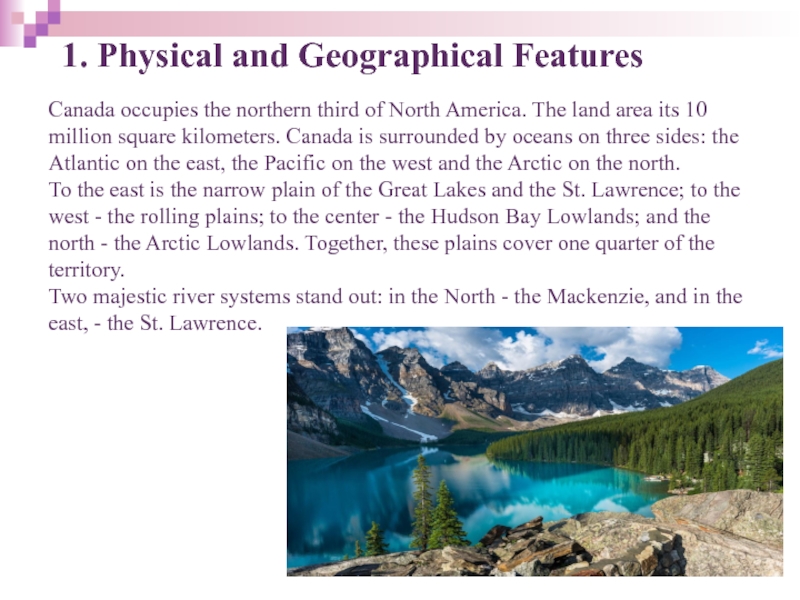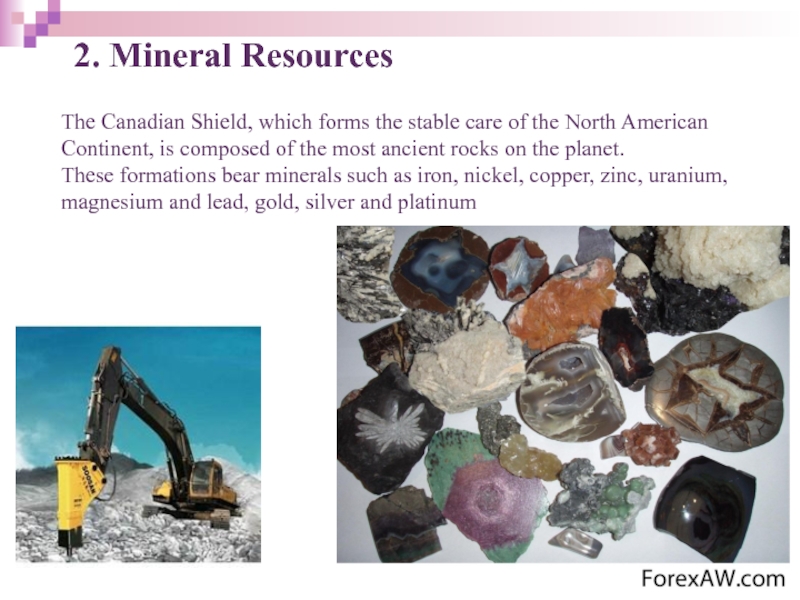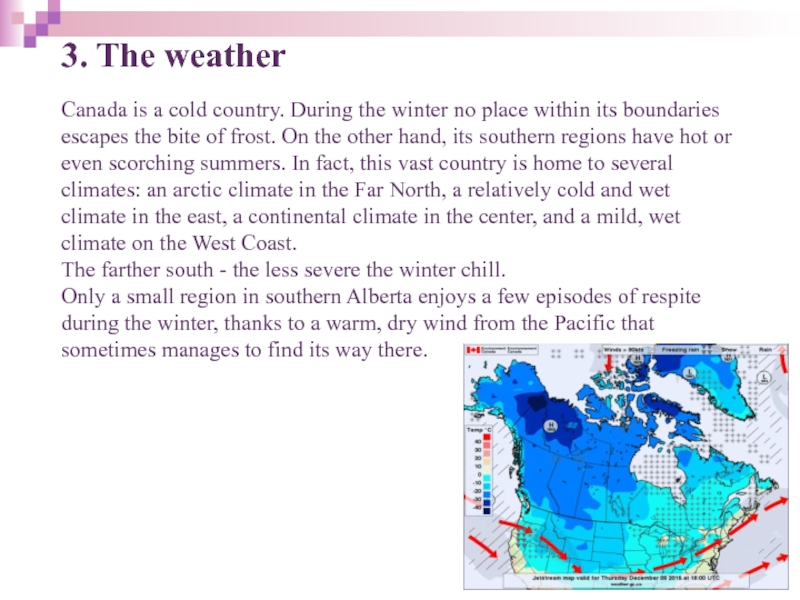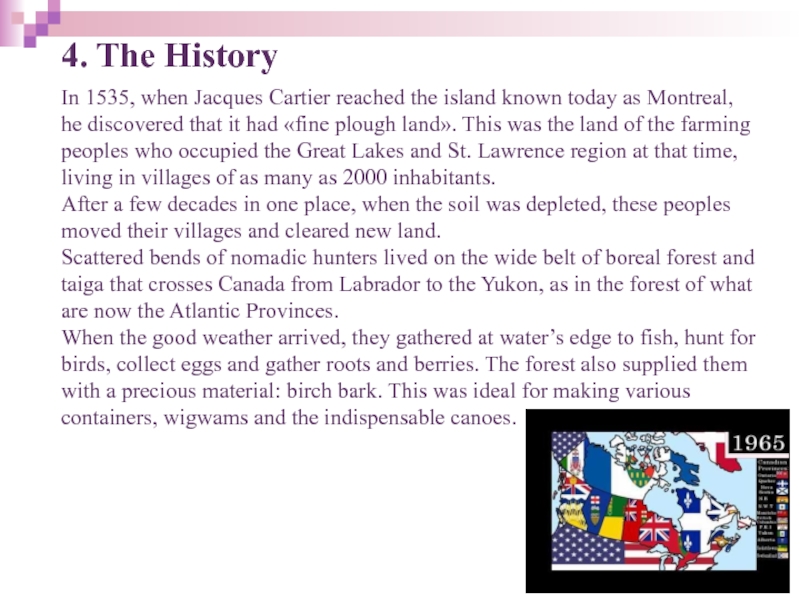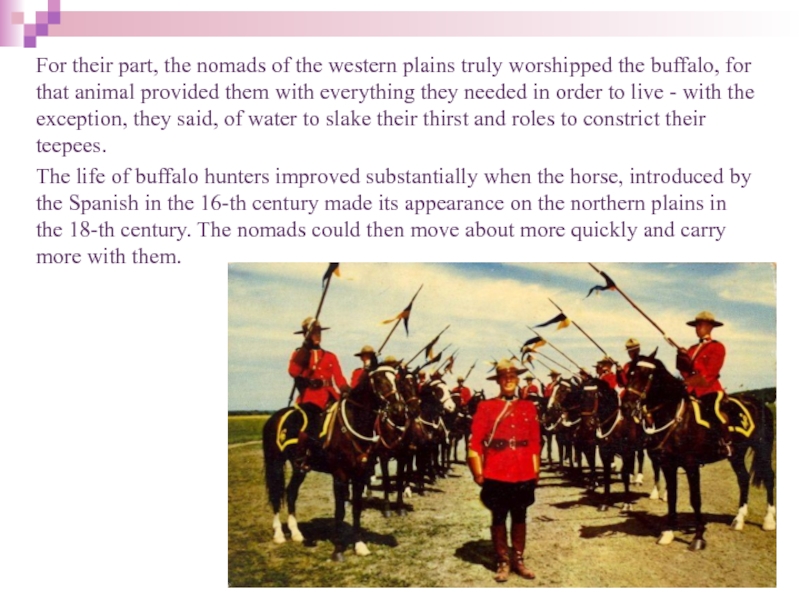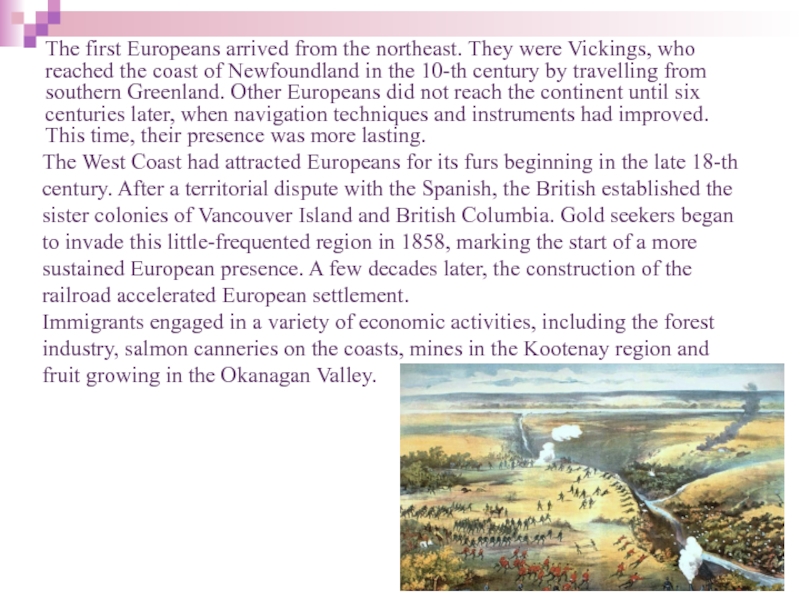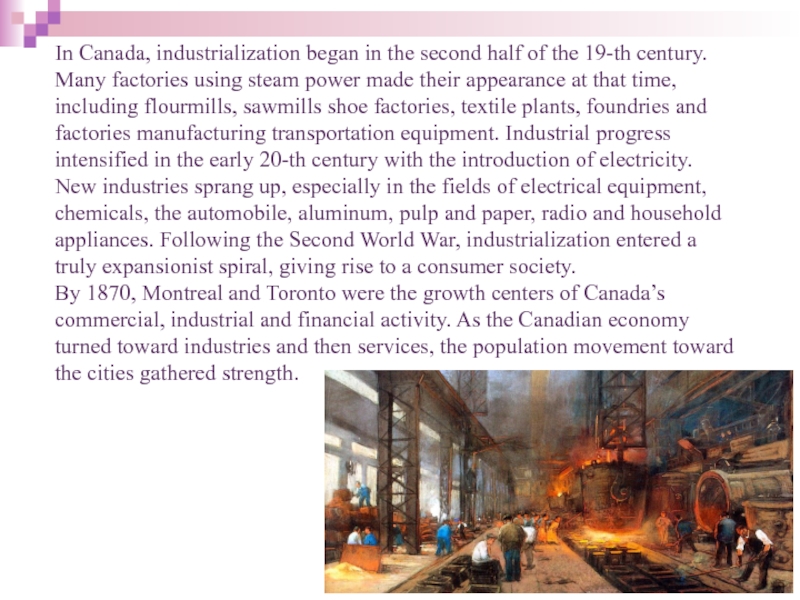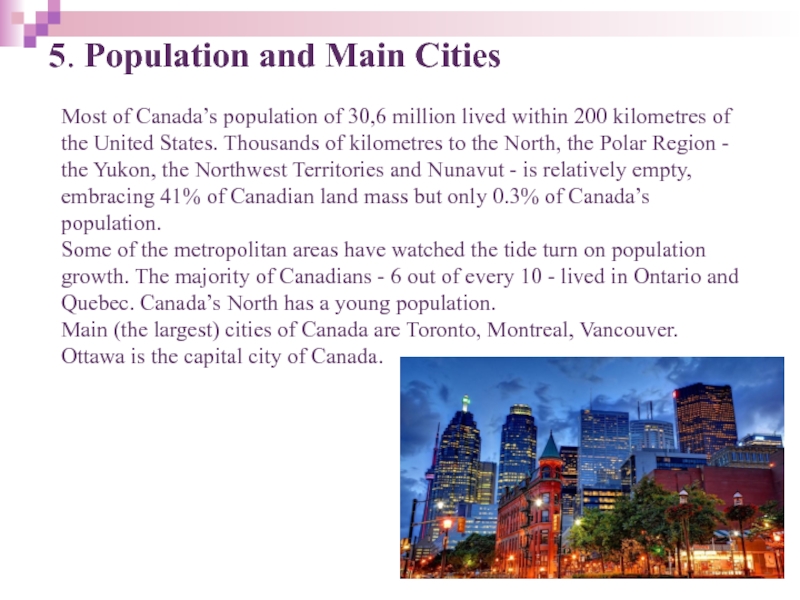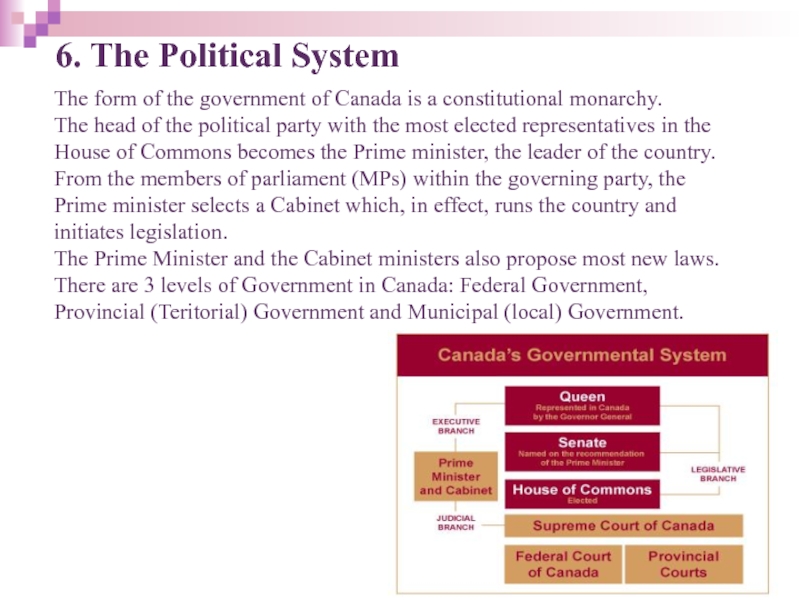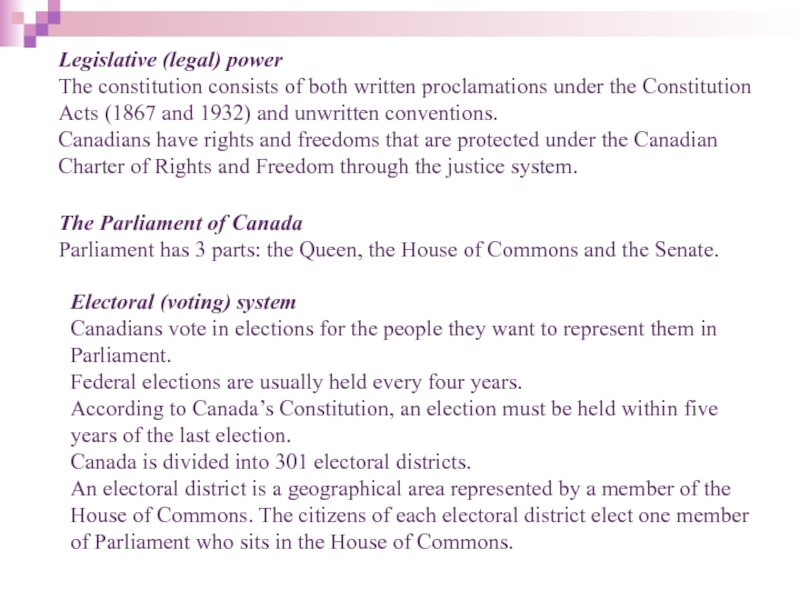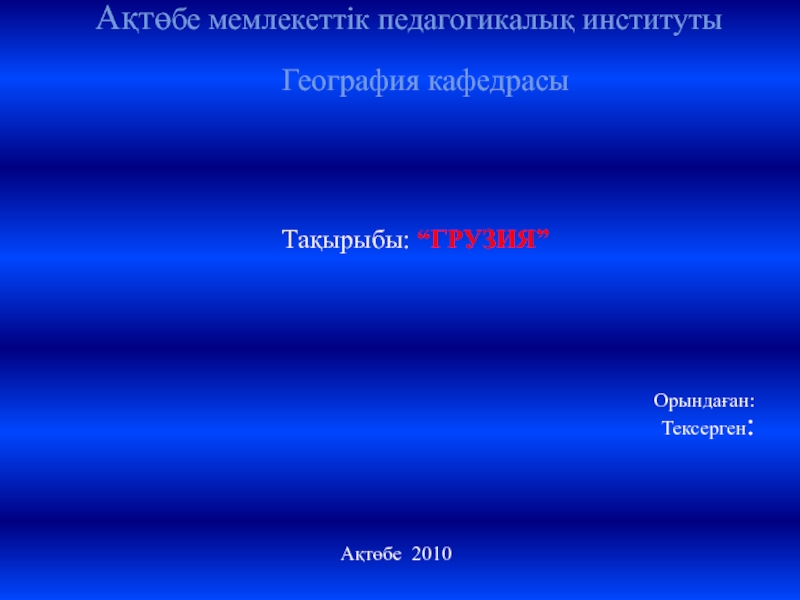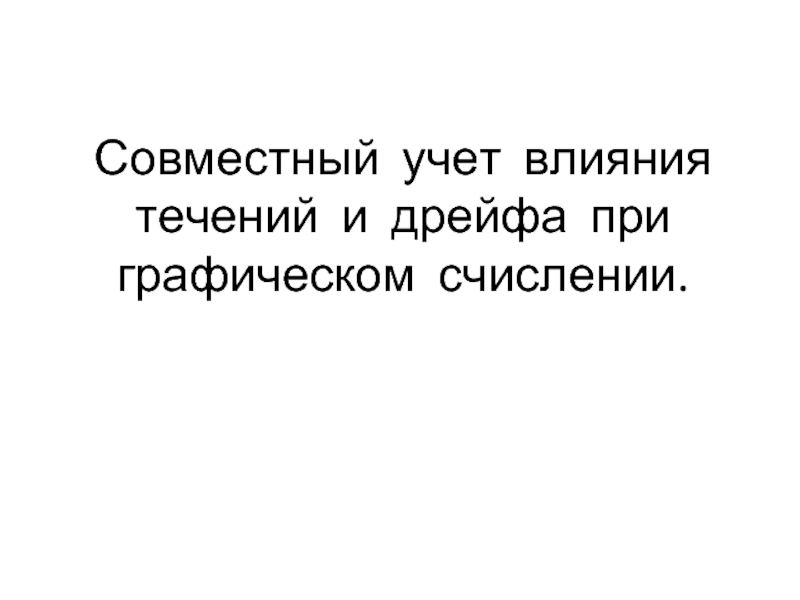- Главная
- Разное
- Дизайн
- Бизнес и предпринимательство
- Аналитика
- Образование
- Развлечения
- Красота и здоровье
- Финансы
- Государство
- Путешествия
- Спорт
- Недвижимость
- Армия
- Графика
- Культурология
- Еда и кулинария
- Лингвистика
- Английский язык
- Астрономия
- Алгебра
- Биология
- География
- Детские презентации
- Информатика
- История
- Литература
- Маркетинг
- Математика
- Медицина
- Менеджмент
- Музыка
- МХК
- Немецкий язык
- ОБЖ
- Обществознание
- Окружающий мир
- Педагогика
- Русский язык
- Технология
- Физика
- Философия
- Химия
- Шаблоны, картинки для презентаций
- Экология
- Экономика
- Юриспруденция
Canada презентация
Содержание
- 1. Canada
- 2. 1. Physical and Geographical Features Canada occupies
- 3. 2. Mineral Resources The Canadian Shield, which
- 4. 3. The weather Canada is a cold
- 5. 4. The History In 1535,
- 6. For their part, the nomads of the
- 7. On the Pacific Coast, Aboriginal peoples
- 8. The first Europeans arrived from the northeast.
- 9. In Canada, industrialization began in the second
- 10. 5. Population and Main Cities Most of
- 11. 6. The Political System The form of
- 12. Legislative (legal) power The constitution consists of
Слайд 1CANADA
Plan to the lecture
1.Physical and Geographical Features
2. Mineral Resources
3. The weather
4.
5. Population and Main Cities
6. The Political System
Слайд 21. Physical and Geographical Features
Canada occupies the northern third of North
To the east is the narrow plain of the Great Lakes and the St. Lawrence; to the west - the rolling plains; to the center - the Hudson Bay Lowlands; and the north - the Arctic Lowlands. Together, these plains cover one quarter of the territory.
Two majestic river systems stand out: in the North - the Mackenzie, and in the east, - the St. Lawrence.
Слайд 32. Mineral Resources
The Canadian Shield, which forms the stable care of
These formations bear minerals such as iron, nickel, copper, zinc, uranium, magnesium and lead, gold, silver and platinum
Слайд 43. The weather
Canada is a cold country. During the winter no
The farther south - the less severe the winter chill.
Only a small region in southern Alberta enjoys a few episodes of respite during the winter, thanks to a warm, dry wind from the Pacific that sometimes manages to find its way there.
Слайд 5
4. The History
In 1535, when Jacques Cartier reached the island
After a few decades in one place, when the soil was depleted, these peoples moved their villages and cleared new land.
Scattered bends of nomadic hunters lived on the wide belt of boreal forest and taiga that crosses Canada from Labrador to the Yukon, as in the forest of what are now the Atlantic Provinces.
When the good weather arrived, they gathered at water’s edge to fish, hunt for birds, collect eggs and gather roots and berries. The forest also supplied them with a precious material: birch bark. This was ideal for making various containers, wigwams and the indispensable canoes.
Слайд 6For their part, the nomads of the western plains truly worshipped
The life of buffalo hunters improved substantially when the horse, introduced by the Spanish in the 16-th century made its appearance on the northern plains in the 18-th century. The nomads could then move about more quickly and carry more with them.
Слайд 7
On the Pacific Coast, Aboriginal peoples enjoyed the bounty of nature.
The seacoast of this region provided its human inhabitants with a profusion of fish, sea mammals, water birds, edible seaweed and shellfish. Its forests abounded in priceless resources: wood to build villages and carve boats or totem poles; goafs wool for weaving; and a wide variety of meat, berries roots and mushrooms to vary the diet.
The Inuit of the Arctic occupied vast icy expanses that offered no protection against the elements, no edible vegetation and no building materials. Yet the Inuit managed to survive in this hostile environment and create a unique culture that assigns a central role to art.
Слайд 8The first Europeans arrived from the northeast. They were Vickings, who
The West Coast had attracted Europeans for its furs beginning in the late 18-th century. After a territorial dispute with the Spanish, the British established the sister colonies of Vancouver Island and British Columbia. Gold seekers began to invade this little-frequented region in 1858, marking the start of a more sustained European presence. A few decades later, the construction of the railroad accelerated European settlement.
Immigrants engaged in a variety of economic activities, including the forest industry, salmon canneries on the coasts, mines in the Kootenay region and fruit growing in the Okanagan Valley.
Слайд 9In Canada, industrialization began in the second half of the 19-th
By 1870, Montreal and Toronto were the growth centers of Canada’s commercial, industrial and financial activity. As the Canadian economy turned toward industries and then services, the population movement toward the cities gathered strength.
Слайд 105. Population and Main Cities
Most of Canada’s population of 30,6 million
Some of the metropolitan areas have watched the tide turn on population growth. The majority of Canadians - 6 out of every 10 - lived in Ontario and Quebec. Canada’s North has a young population.
Main (the largest) cities of Canada are Toronto, Montreal, Vancouver.
Ottawa is the capital city of Canada.
Слайд 116. The Political System
The form of the government of Canada is
The head of the political party with the most elected representatives in the House of Commons becomes the Prime minister, the leader of the country. From the members of parliament (MPs) within the governing party, the Prime minister selects a Cabinet which, in effect, runs the country and initiates legislation.
The Prime Minister and the Cabinet ministers also propose most new laws.
There are 3 levels of Government in Canada: Federal Government, Provincial (Teritorial) Government and Municipal (local) Government.
Слайд 12Legislative (legal) power
The constitution consists of both written proclamations under the
Canadians have rights and freedoms that are protected under the Canadian Charter of Rights and Freedom through the justice system.
The Parliament of Canada
Parliament has 3 parts: the Queen, the House of Commons and the Senate.
Electoral (voting) system
Canadians vote in elections for the people they want to represent them in Parliament.
Federal elections are usually held every four years.
According to Canada’s Constitution, an election must be held within five years of the last election.
Canada is divided into 301 electoral districts.
An electoral district is a geographical area represented by a member of the House of Commons. The citizens of each electoral district elect one member of Parliament who sits in the House of Commons.

